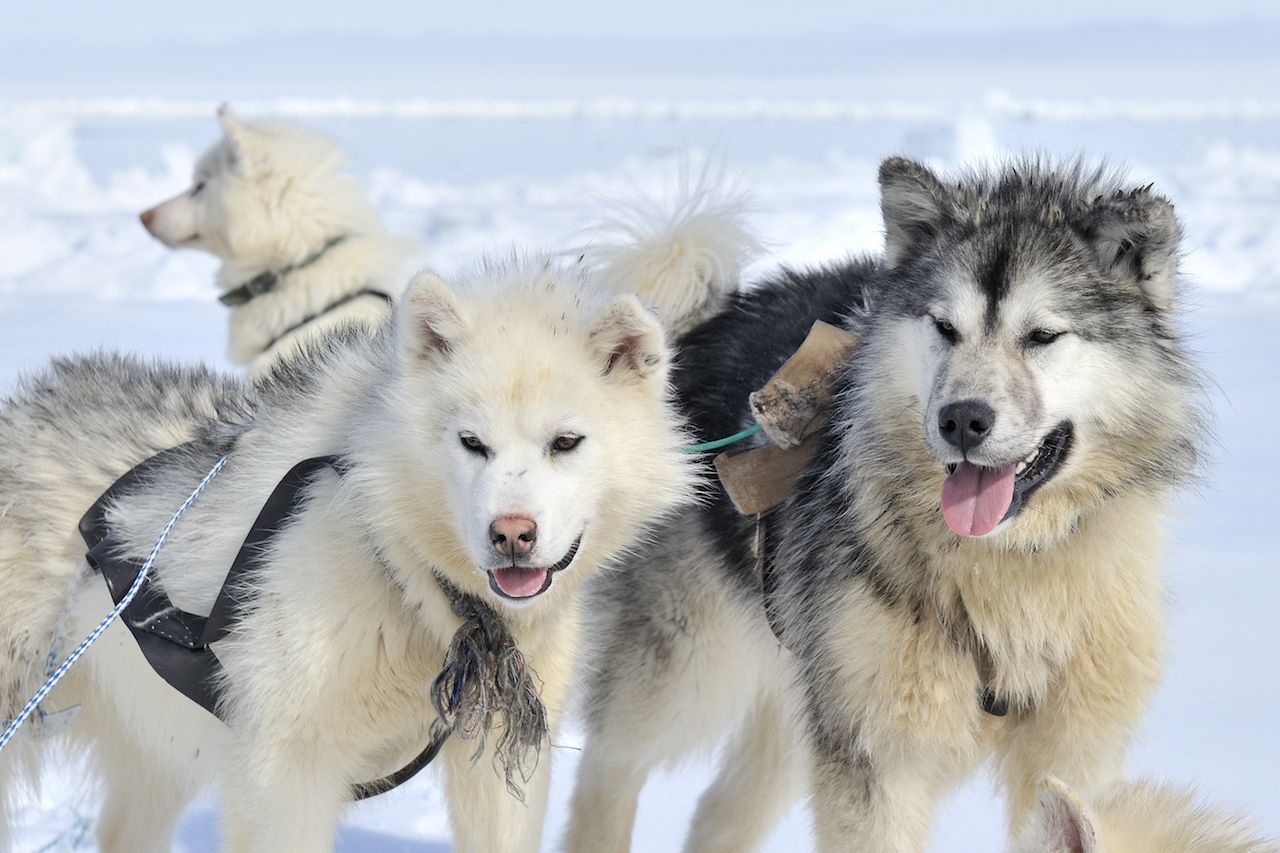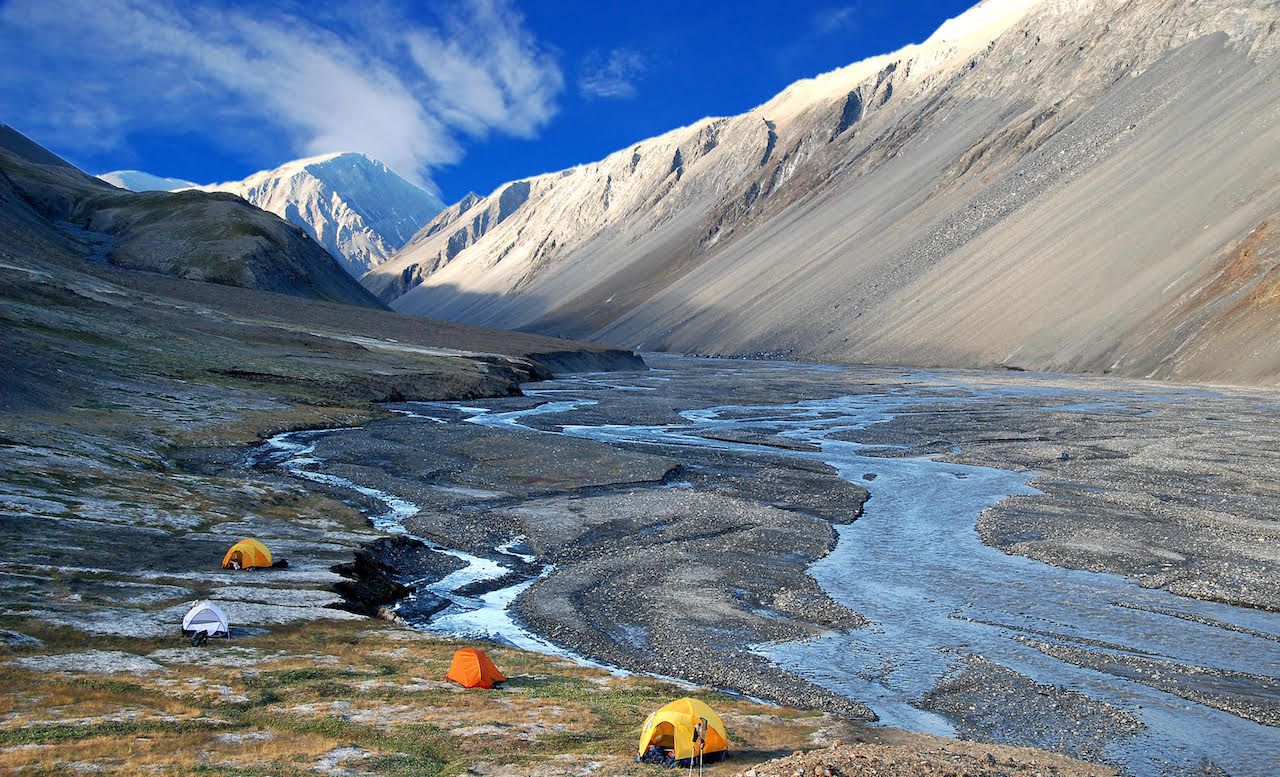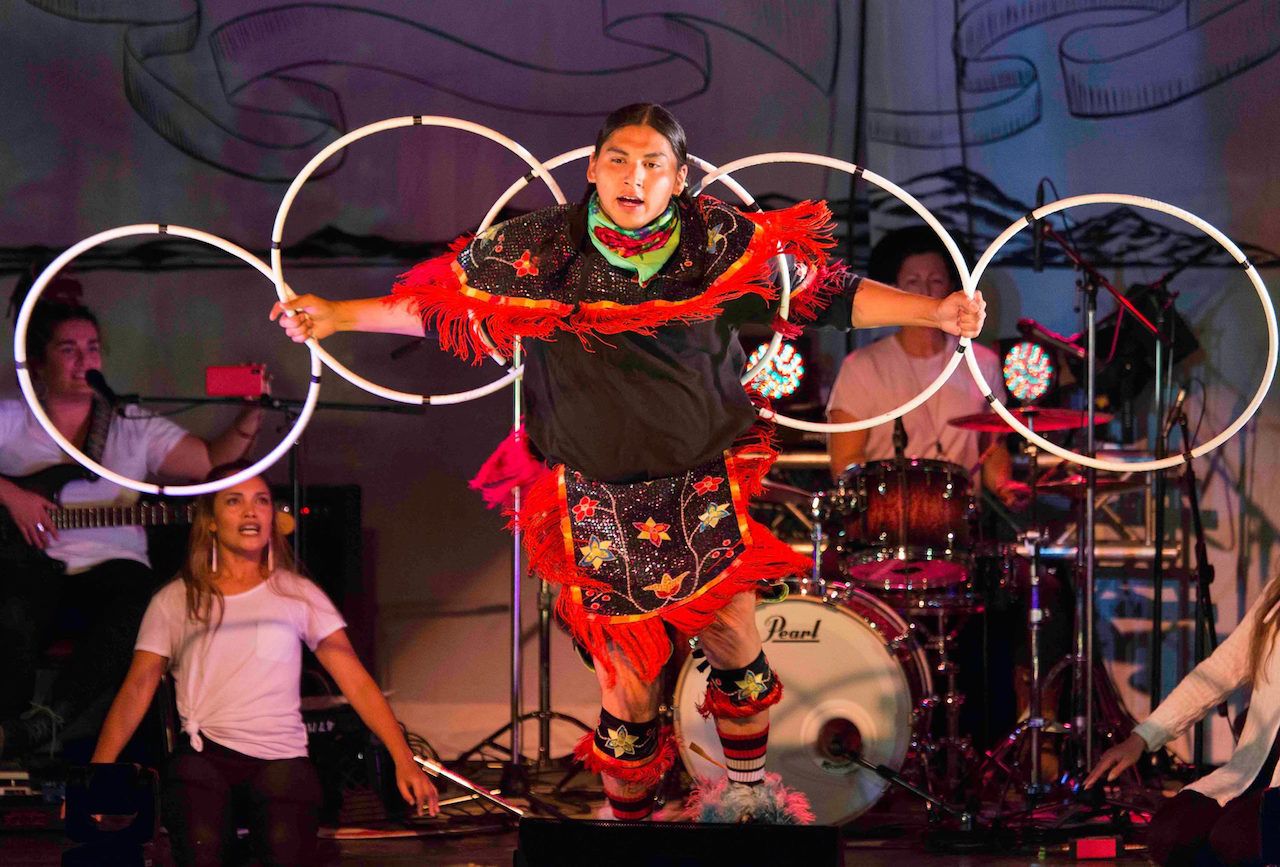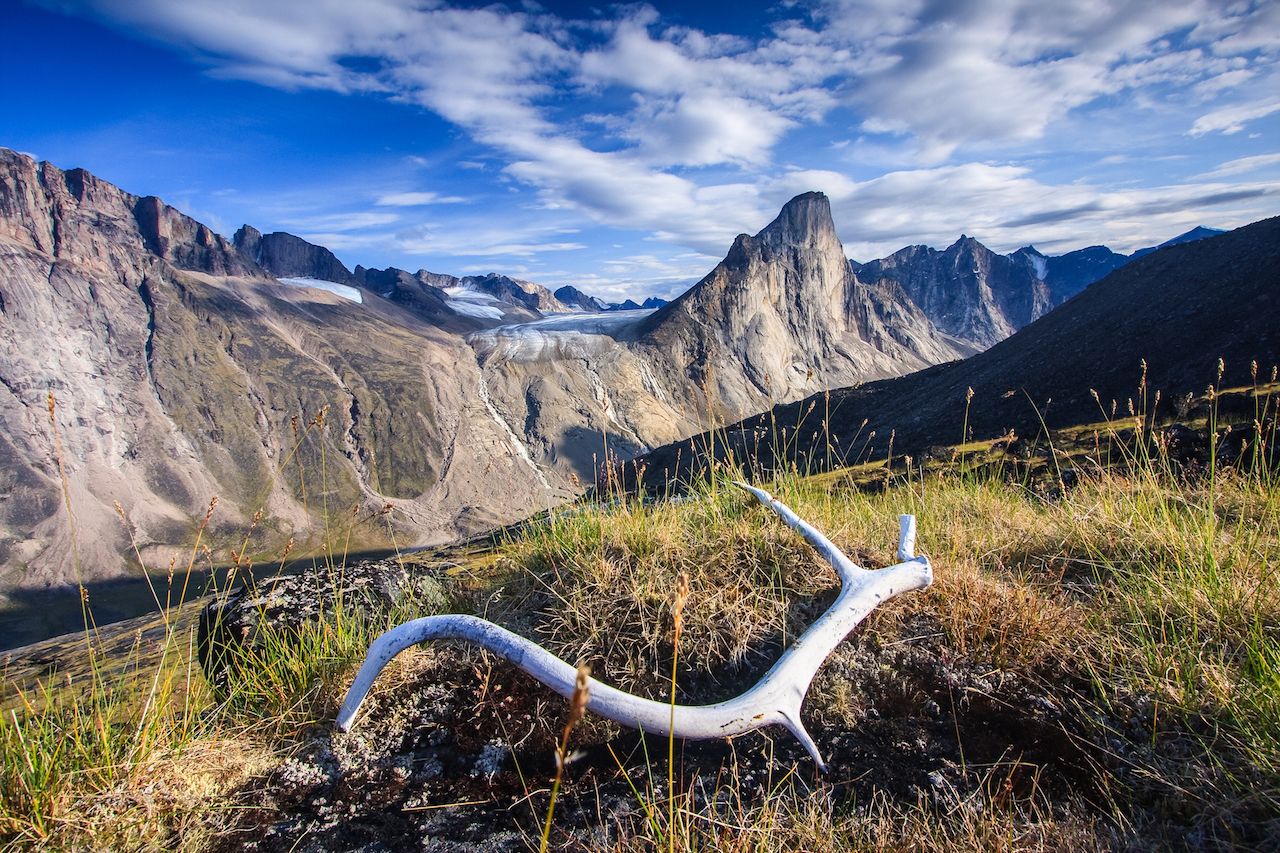Like other Arctic destinations, Canada’s most northern province is a remote and cold desert. There is no road to Nunavut, and, within the province, getting out of the capital city of Iqaluit often requires a combination of transport such as float plane, skidoo, and dogsled. Nunavut is the traditional home of Canada’s indigenous northerners, the Inuit, and is sparsely populated, with only 32,000 residents living across the huge archipelago.
While it may be largely empty and difficult to get to, Nunavut is enchanting. The northern lights fill the expanse of sky across the frozen white tundra, polar bears and walruses wander across ice floes, pods of narwhals swim around the boats while making their way through the Northwest Passages, and the beauty of the Inuit culture can be seen everywhere. Here are seven top experiences to have in Nunavut for a unique trip to the Arctic.







